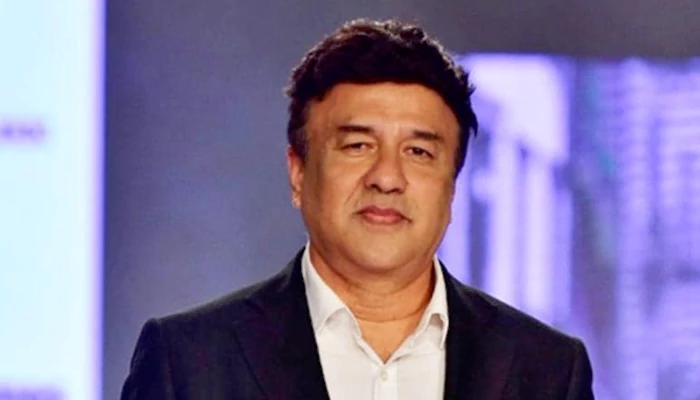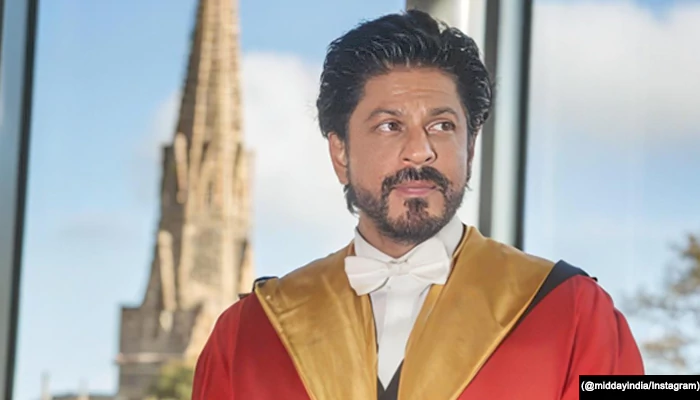On This Day, 2008: ISRO Set Record by Launching 10 Satellites at One Go - What Was the Mission About?
- Sayan Guha
- 6 months ago
- 4 minutes read

There were two Indian satellites and eight nano satellites from abroad launched into orbit through PSLV-C9 from the Satish Dhawan Space Center.
India's journey in space exploration has been quite fascinating. Every mission, every milestone has been a step forward—pushing boundaries and making the world sit up and take notice. A shining example is obviously the recent Chandrayaan-3. With its successful landing near the lunar south pole, India became the first country ever to achieve that feat. It was history in the making. But if we turn the clock back to 2008, there's another remarkable moment worth celebrating. On April 28 that year, ISRO pulled off a jaw-dropping mission by launching 10 satellites in one go. It was a bold, ambitious move that stunned the world and showcased India’s growing capabilities in space tech. As the agency’s chairman G Madhavan Nair shared after the launch, "It's a historic moment for us because it is the first time that we have launched 10 satellites in a single mission. We have shown the world we can have multiple launches carried out in a precise manner. We have set a record."

Today, as we mark the 17th anniversary of the mission, let's understand what it was all about.
The Mission: PSLV-C9's Grand Adventure
The star of the show was the Polar Satellite Launch Vehicle (PSLV-C9), weighing in at a hefty 230 tonnes. This beast of a rocket was tasked with the ambitious job of carrying a payload of 824 kilograms—the heaviest ISRO had attempted at the time. The mission? To deploy ten satellites into a 635 km Sun-Synchronous Orbit.

Meet the Satellite Squad
- CARTOSAT-2A: The big boss of the bunch, this satellite was equipped with a high-resolution panchromatic camera capable of capturing images with a resolution better than one meter. Its job was to aid in urban and rural planning, infrastructure development, and mapping. Essentially, it was the Google Maps of space, but with a sharper eye.
- IMS-1 (Indian Mini Satellite-1): Weighing a modest 83 kg, this microsatellite was ISRO's first venture into compact satellite technology. It carried two sensors—a Multispectral Camera and a Hyperspectral Camera—designed for Earth observation, atmospheric studies, and oceanography. Small in size, but big on ambition.

- The International Eight: The remaining satellites were a diverse mix from around the globe:
CanX-2 & CanX-6 (Canada): These nanosatellites were part of the Nanosatellite Launch System, aiming to test new technologies in space.
Cute-1.7 + APD II & SEEDS-2 (Japan): Designed for educational and research purposes, these satellites were built by university students.
Delfi-C3 (Netherlands): A technology demonstrator satellite developed by students at Delft University of Technology.
AAUSAT-II (Denmark): Developed by students at Aalborg University to test satellite communication systems.
COMPASS-1 (Germany): A student-built satellite from Aachen University of Applied Sciences, focusing on Earth observation.
RUBIN-8 (Germany): Developed by OHB System, this satellite aimed to test new communication technologies.

The Launch: A Moment of History
At precisely 09:24 IST, PSLV-C9 lifted off from the Satish Dhawan Space Centre in Sriharikota. The launch sequence was a ballet of engineering precision:
- First stage ignition and separation.
- Second stage ignition, followed by the shedding of the heatshield at 125 km altitude.
- Third-stage ignition and separation.
- Fourth stage ignition and, finally, the deployment of all ten satellites into their designated orbits.
ISRO Chairman G. Madhavan Nair described the mission as "much better than a textbook performance," highlighting the flawless execution of every system involved.
Why This Mission Mattered
This wasn't just about setting records (though launching ten satellites in one go was a big deal). It was about showcasing India's growing prowess in space technology and its ability to collaborate on an international scale. The mission demonstrated:
ISRO's capability to handle complex multi-satellite launches.
The potential for cost-effective space missions.
The importance of international cooperation in advancing space research.

The success of PSLV-C9 paved the way for future missions, including the record-breaking launch of 104 satellites in 2017. It also solidified ISRO's reputation as a reliable and innovative player in the global space community.











